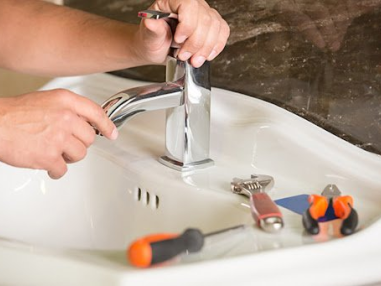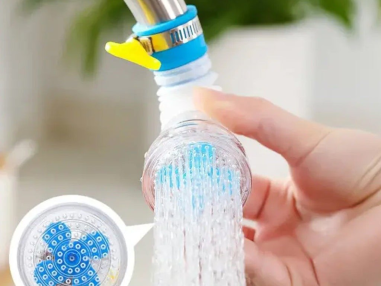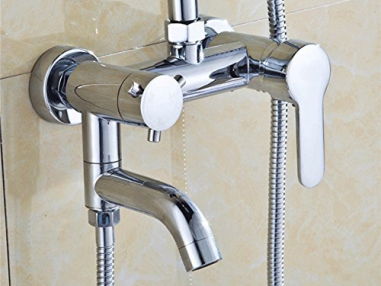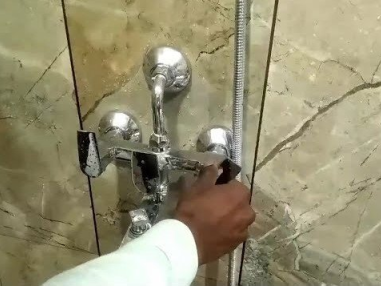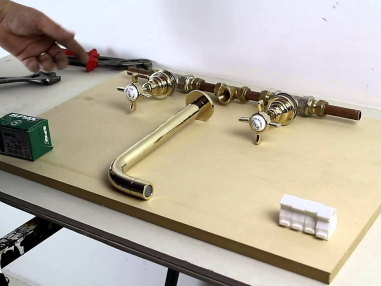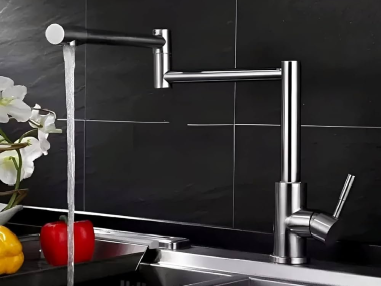
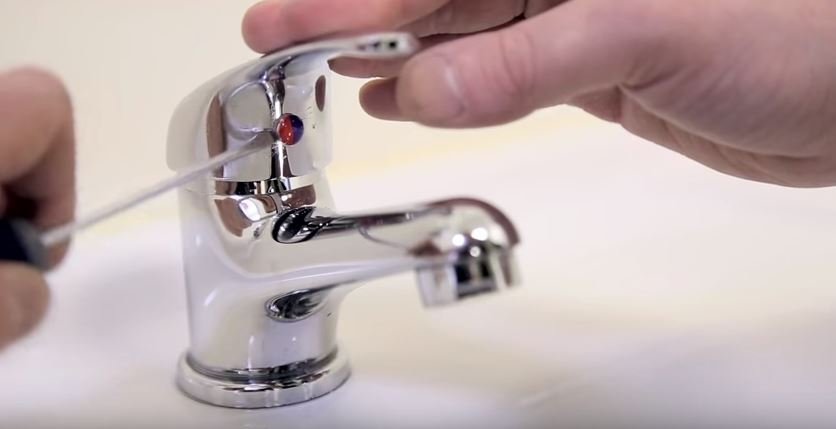
Replacing a tap can be a manageable task if you have some basic plumbing knowledge and tools. Here's a breakdown to help you decide
Suitable for Tap Replacement (if you have):
Basic Plumbing Knowledge: Understanding how the tap connects to the water supply and how water flows within the faucet is essential.
Standard Tools: Adjustable wrenches, screwdrivers, a bucket (to catch water), and possibly a basin wrench (for tight spaces under the sink) are usually enough.
Replacement Tap: Ensure the new tap is compatible with your existing plumbing (pipe size and configuration) and sink style (number of tap holes).
Steps Involved in Tap Replacement (General Overview):
Turn Off the Water Supply: Locate the shut-off valves for the hot and cold water lines supplying the tap and turn them completely off.
Open the Tap to Release Pressure: Open the handle of the tap to relieve any remaining water pressure in the lines.
Isolating the Tap (if applicable): Some taps have flexible braided hose connections below the sink. You might be able to disconnect these hoses from the shut-off valves to isolate the tap for easier work.
Disconnect the Old Tap:
Compression taps: Use adjustable wrenches to disconnect the nuts holding the tap body to the water supply lines from underneath the sink
Single-hole taps with cartridge: There might be a nut or deck plate securing the tap from above the sink. Once removed, you can access the nut holding the tap body to the water supply line below the sink.
Remove the Old Tap: Carefully remove the old tap from the sink and discard it properly.
Install the New Tap:
Single-hole tap: Thread the tap body with mounting nuts and washers through the sink hole from above. Tighten the nuts securely from underneath the sink.
Widespread taps (taps with separate hot and cold handles): These typically require inserting the tap body and spout through separate holes in the sink, followed by securing them with nuts and washers from underneath.
Connect the Water Supply Lines: Using the new tap's hoses or compression fittings (depending on the model), connect them to the hot and cold water supply lines, ensuring secure and leak-proof connections (use Teflon tape).
Tighten Connections and Leak Test: Tighten all connections from underneath the sink securely, but avoid over-tightening. Turn on the water supply slowly and check for leaks around the connections. Tighten if necessary.
Install the Handles and Finish Touches: Install the tap handles and any decorative plates or trim according to the manufacturer's instructions.
Important Considerations for Tap Replacement:
Matching Replacement Tap: Choose a tap that matches your existing plumbing configuration (pipe size and hot/cold water connections) and has the same number of tap holes as your sink.
Proper Sealing: Use plumbers tape or washers to ensure leak-proof connections between the tap and the water supply lines.
Following Instructions: Refer to the new tap's manual for specific installation instructions and torque recommendations for connections.
When to Call a Professional Plumber:
Complex Plumbing or Limited Space: If your plumbing has a complex layout or the space under the sink is limited and difficult to access, consider calling a
professional plumber.
Hidden Leaks or Rusted Pipes: If you suspect leaks in the wall behind the tap or encounter heavily rusted pipes that are difficult to loosen, call a professional
plumber to avoid further complications.
Limited Experience or Confidence: If you lack confidence in your ability to handle the replacement or feel uncomfortable working with plumbing connections, don't
hesitate to call a professional plumber.

